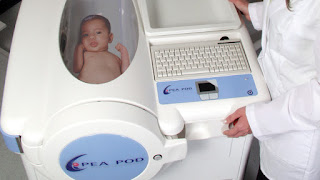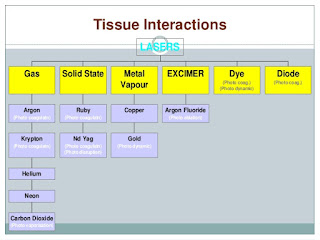Many hospitals around the globe have shortages in ventilators many other medical supplies that are vital in fighting this virus.
 |
| Ventilator Shortages forces Medtronic to go 24/7 |
Increasing Ventilators Production
Many medical equipment companies have ramped up their production to vital medical devices to cope with the rising needs for such supplies, for example, Getinge has announced that it will increase its ventilators production by 60%. Also, we are sure that many manufacturers will follow this trend.
On the other hand, there will be logistical problems preventing or at least delaying the reach of these newly manufactured devices to where they are needed especially in countries that are far away from the production point. This is mainly because almost all types of transportation have been stopped or reduced significantly. Where the fastest way to ship such equipment via airplanes it seems that most cargo planes are no longer flying.
So will ramping up production really solve the shortage of medical supplies?
In the short term it will not, and that is related to logistical problems mainly, so what can we do and are there any alternatives?
Biomedical Department Role
The fastest alternative is to be able to optimize the performance of the ventilators that are already there in the hospital. And here where the role of a biomedical department kicks in.
Doing the needed preventive maintenance procedure on time and making sure that the end-user is using the medical equipment properly is key to optimize the performance of any medical device. Also making sure that the device's software is updated to the newest software version will many times enhance the performance of a ventilator due to bug fixes or new features that were not available in the previous software versions.
In addition to this, the biomedical department can go one step further and see if there are any older ventilators lying around in the hospital warehouse and trey to get these to a working condition, although sometimes it might be time-consuming to do so in many cases some hospitals put aside there old medical devices to make room for the newer better equipped medical device that is packed with better features and abilities, but in situations of crises, such luxury is not an option as there are patients who might lose their lives if not put on life support.






